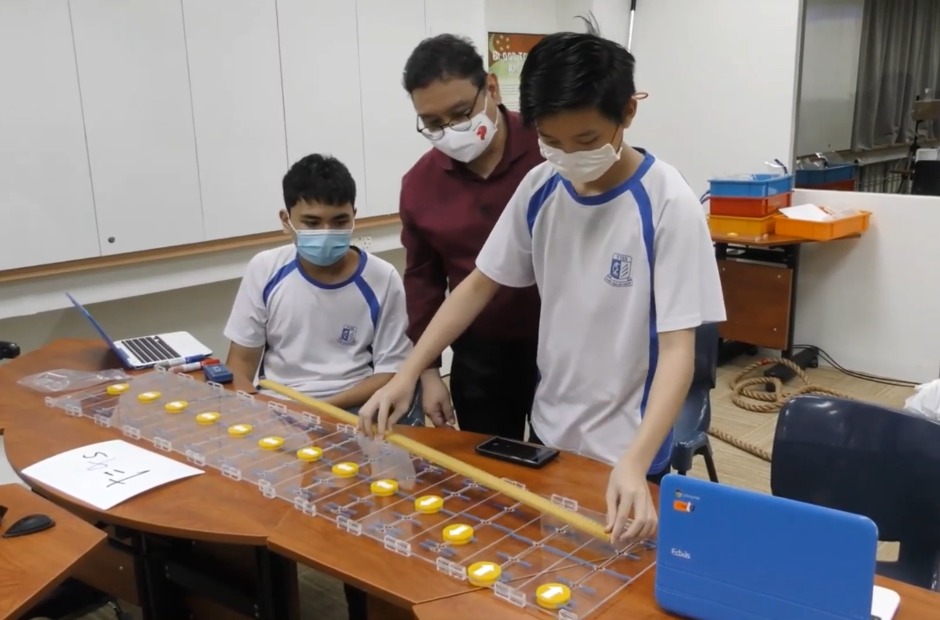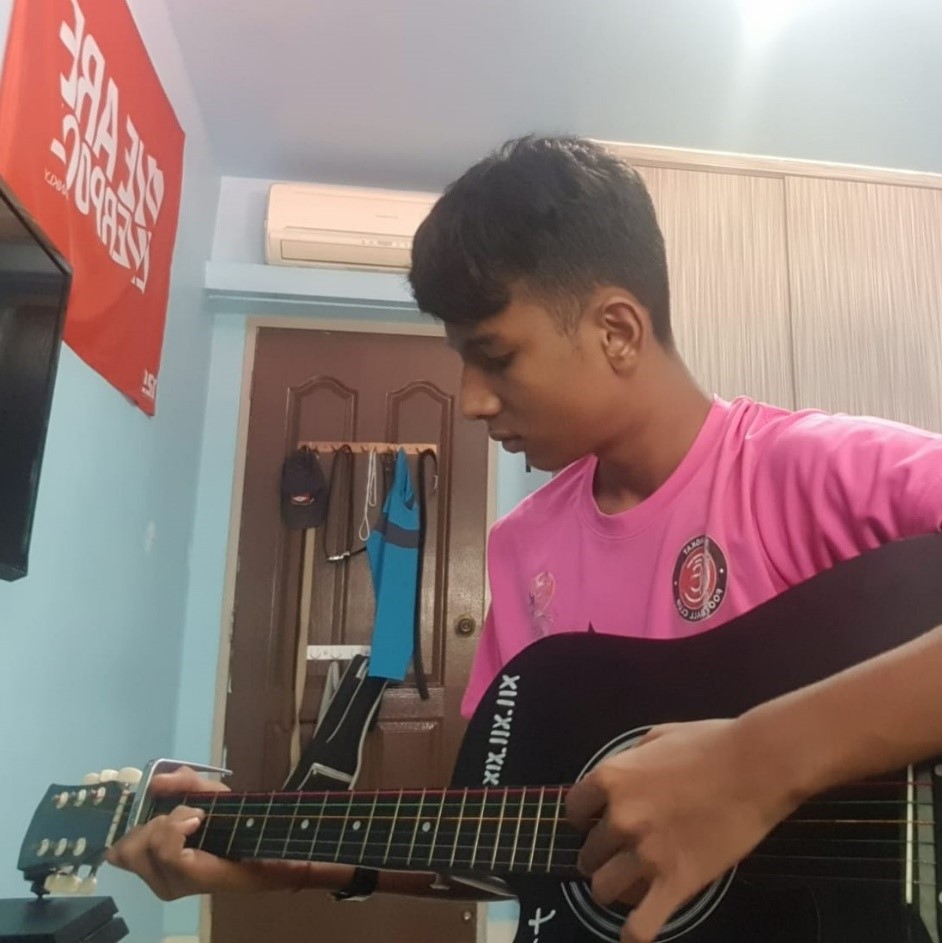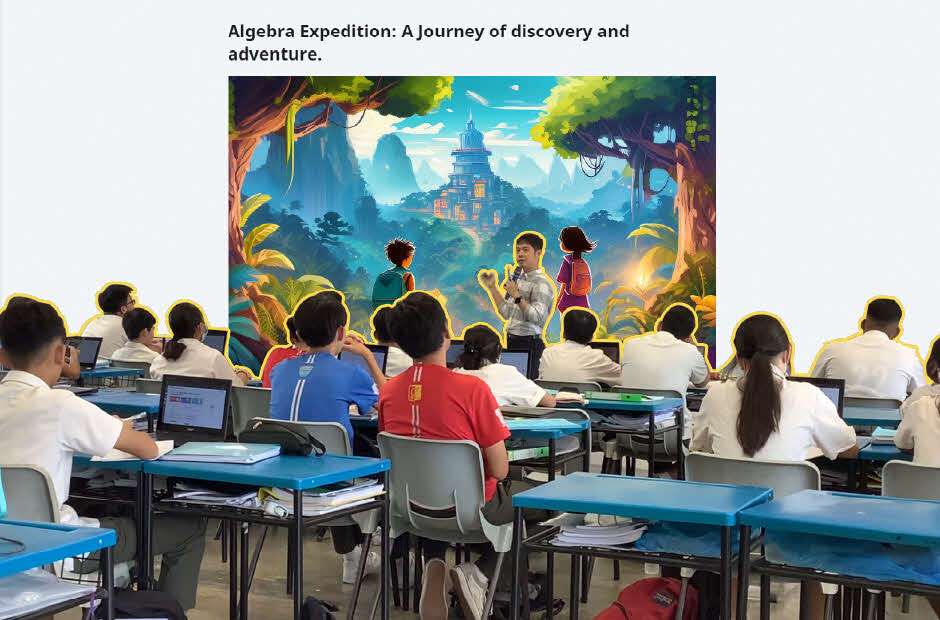Yusof Ishak Secondary School (YISS) and New Town Primary School (NTPS) might not look too different from other schools from the outside, but they host what is known as a “Centre for Teaching and Learning Excellence” or CTLE.
These CTLEs are effectively the beating hearts of pedagogical innovations in our educational system. The centres host a unique mix of educators, comprising experts from the National Institute of Education (NIE) and Master Teachers from the Academy of
Singapore Teachers, who work closely with teachers from the hosting schools, to prototype and share teaching methods. Master Teachers also contribute to supporting policies and programmes at the national level.
These educators come together to strengthen links between theory and research, to refine innovative teaching approaches in the classrooms, which are then shared with other teachers for them to adapt and apply in their own classrooms.
Theory and research make waves at Yusof Ishak Secondary
Since it was set up in 2015, the team at CTLE@YISS has introduced teaching innovations across all curricular areas. Some are subject-specific teaching strategies that help students understand a topic more thoroughly. Others include more wide-ranging strategies
like promoting students’ metacognition in teaching – such that students develop a disposition to continue learning on their own beyond their school years.
Take for example, the Physics concept of wave motions. Mr Donavan Lau, YISS’ Lead Teacher in Physics, noticed that their students often struggled with understanding the concept. He says, “There was a lack of opportunity for them to construct
and demonstrate their understanding of graphical representations of wave motions. They also had difficulties understanding that waves can transfer energy without transferring matter.”
It sparked a discussion with Mr Yap Boon Chien, a Master Teacher in Physics, who also coordinates the professional development efforts at the CTLE with a team of Master Teachers attached to the CTLE@YISS. The discussion resulted in them developing a wave
simulator demo kit. Consisting of items like slinky springs, thick rope and simulation panels, the kit turns an abstract concept into one that teachers and students can model, visualise, and experiment with in the classroom.
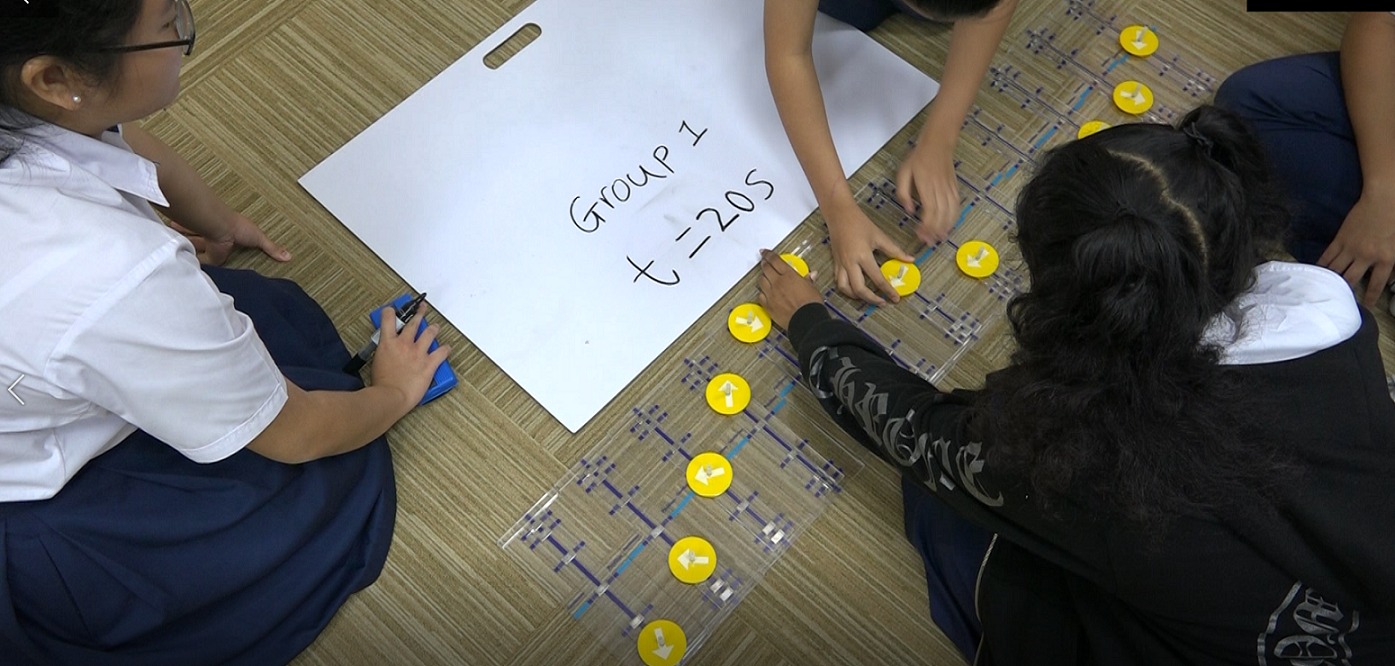
Students experimenting with the wave simulator demo kit during group work. (Photo: Yusof Ishak Secondary School) (Photo was taken before Covid-19.)
Mr Lau and Mr Yap credit the research done by NIE experts for the idea. “We referenced research on how students learn best through strategies such as inquiry-based learning, visualisation-based learning, and modelling instruction,” Mr
Lau explains.
Creating a first version of the kit is only half the work. In the CTLE, such tools and teaching strategies, innovative as they may be, must pass muster with students first before they can be rolled out to the rest of the fraternity.
In class, YISS students used early versions of the demo kit. Mr Lau and Mr Yap then observed how the students responded to the kit during teaching and checked how well they understood the concept of wave motions before and after the kit was used. Students
also provided their feedback on how the kit could be improved. The teachers then tweaked it before finalising the prototype.
After the kit had made waves in YISS’ classrooms, it was time for it to be shared with teachers from other schools.
To do so, Mr Lau and Mr Yap conducted live masterclasses in YISS, where teacher participants who sign up can observe how the kit is used by both teacher and students in the context of the actual lesson.
Mr Yap shares that the way the masterclasses are conducted in real classrooms is another unique feature of the CTLE. “Participants not only sit in and experience how the lesson is taught to students, they also get to engage in discussions on the
lesson with YISS teachers afterwards,” he says.
Participants would then try the new strategies in their own classes and bring these experiences back to share in the next masterclass session. “This way, we learn from each other’s experiences in our respective schools and classrooms, each
of which have different student profiles and contexts. The feedback and discussions contribute to the whole CTLE experience,” Mr Yap says.
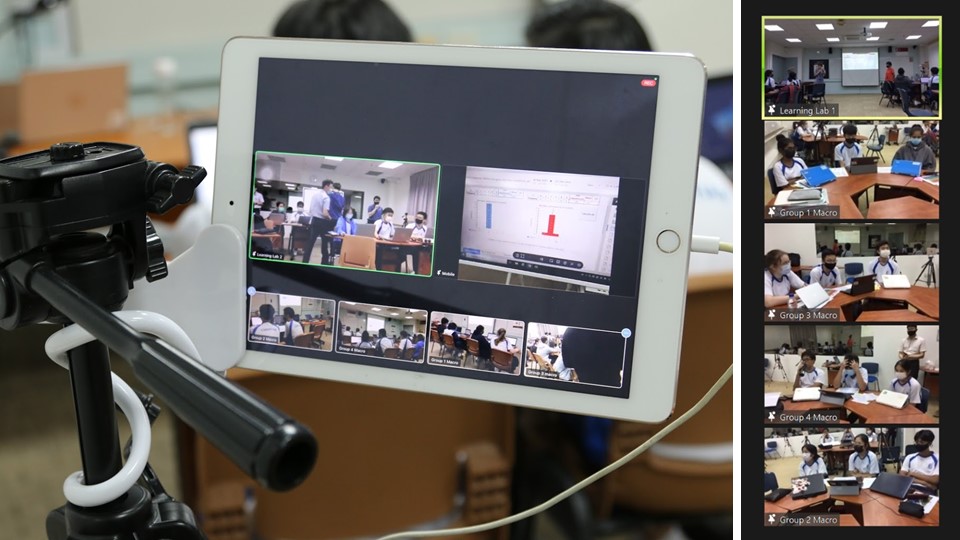
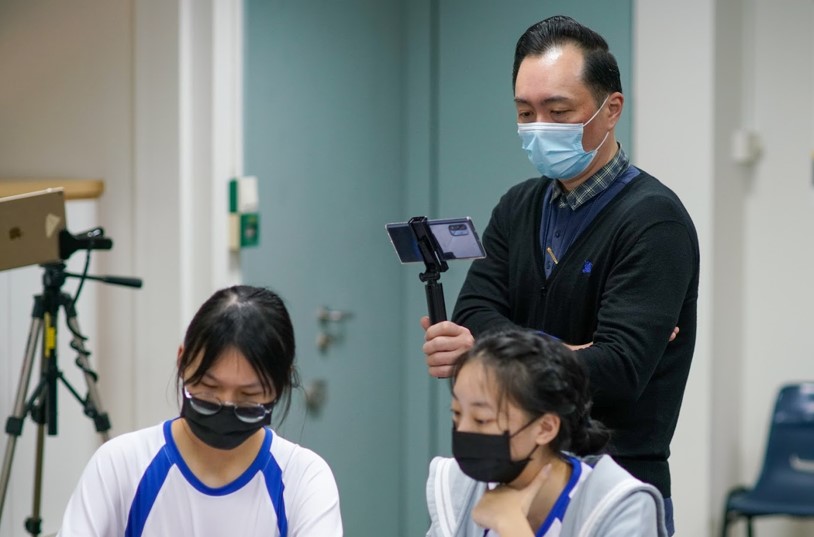
With masterclasses going online due to Covid-19 restrictions, the CTLE has come up with a comprehensive IT set-up that allows participants to still observe and listen in to students’ discussions during group work. (Photos: Yusof Ishak Secondary School)
Kicking off the CTLE journey at New Town Primary
With the success of the first CTLE at YISS, a second CTLE was established earlier this year at NTPS to directly benefit primary school teachers.
Likewise, research- and theory-based teaching innovations are underway, such as using technology to encourage students to take ownership of their own pace of learning.
Teacher Syazwani Binte Osman implemented this in her class by having her students use the Student Learning Space (SLS) to learn about identifying shapes before a follow-up activity-based lesson was done in the classroom to reinforce learning. She found
that her students were able to achieve learning outcomes, such as identifying the differences between a square or a rectangle, by simply guiding them with questions rather than telling them the answer.
It may not be a sweeping revamp of how the topic is taught, but these small changes add up, explains Mdm Anne Wong, a Master Teacher in Primary Science. She also coordinates the professional development efforts by a group of Master Teachers attached to
CTLE@NTPS. “When we experiment with pedagogy or come up with curriculum innovations, it may be only a tweak, but we can see the positive change in our students’ learning. And when we see the change, we share it with the fraternity and
see how we can bring this forward to impact more students.”
While NTPS has yet to hold in-situ masterclasses and demonstration classes this year, they have shared their successes via two webinars – the first on creating a caring and enabling environment to impact the learning of Mathematics in primary schools,
and the second on facilitating Differentiating Instruction for our primary schools – that attracted close to 1,000 sign-ups in total.
And NTPS teachers are looking forward to developing and testing more innovations. Mdm Syazwani shares that though she has been teaching for 13 years, she finds that there are still details that she may have missed. “Having another person like a
Master Teacher look into the planning and enactment of the lesson is very useful. It reframes the way I think about and teach the subject to have better impact on my students’ learning.”
Centres for teachers, centred on students
So, what is it about research- and theory-informed practice that contributes to the ‘Excellence’ in a CTLE? NIE’s Associate Professor Lee Ngan Hoe, who works closely with CTLE@YISS to help address students’ metacognitive development,
shares that just like how doctors base their practice on a body of knowledge gleaned from research and theory, teachers can too.
“As researchers, we can offer teachers a body of knowledge to draw from. They’d be able to cite which theory gives them better chance of success in the classroom, and students will have the latest and most focussed pedagogical approach,”
he says.
Prof Lee adds that NIE experts, Master Teachers, and teachers from the hosting schools form a tripartite working relationship focussed on professional development, with students at the centre of it. “We ensure that students are exposed to not only
cutting-edge but theoretically-informed pedagogical methods in the classroom. This would help the fraternity to continue to improve the quality of teaching and learning in schools.”
YISS’ Head of Department (Mathematics) Eric Koh has observed that with teachers consistently working on improving teaching, students have become more active in their learning too. “They are thinking more and questioning more in their learning,
and this is very welcome. We can see that they have become more curious, motivated and self-directed.”



